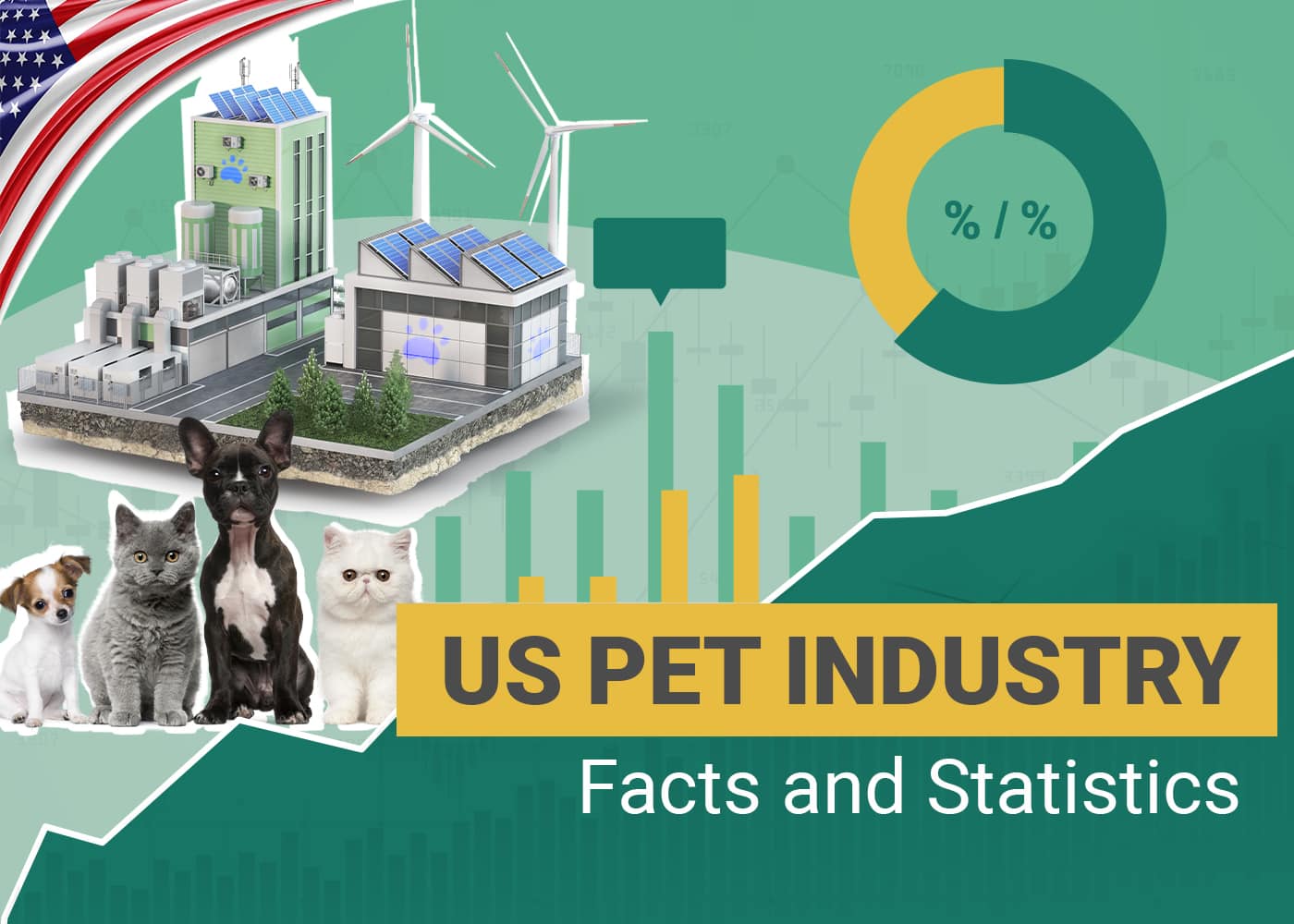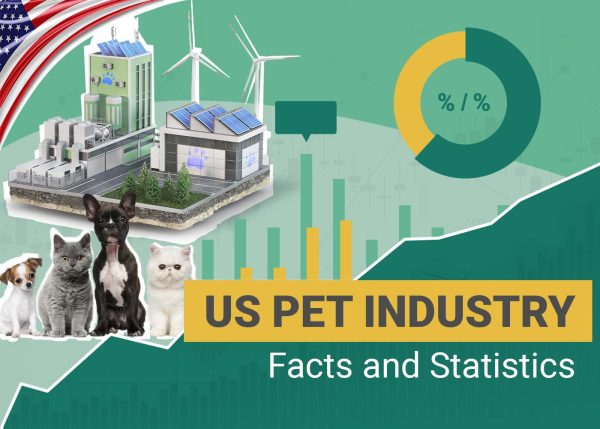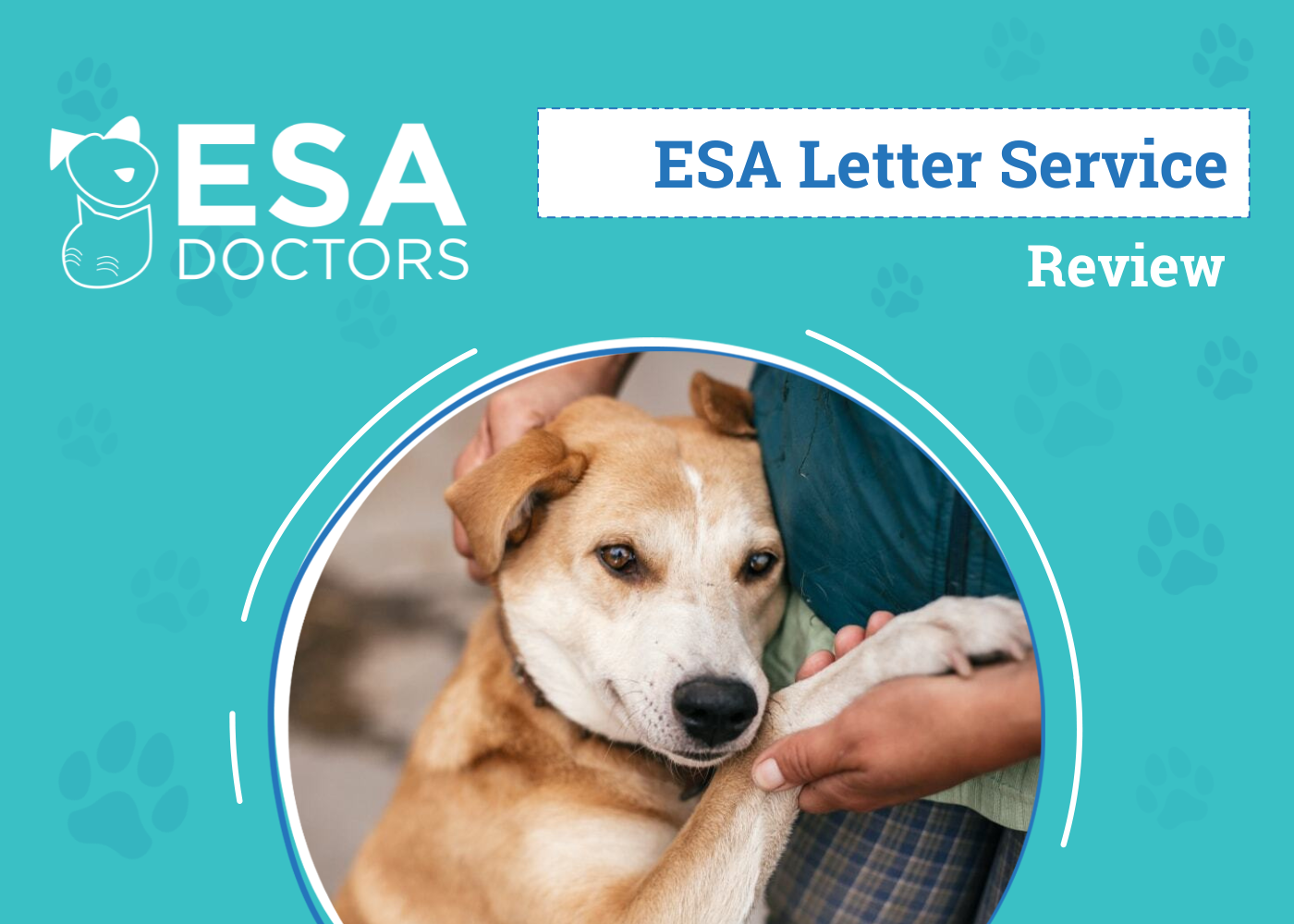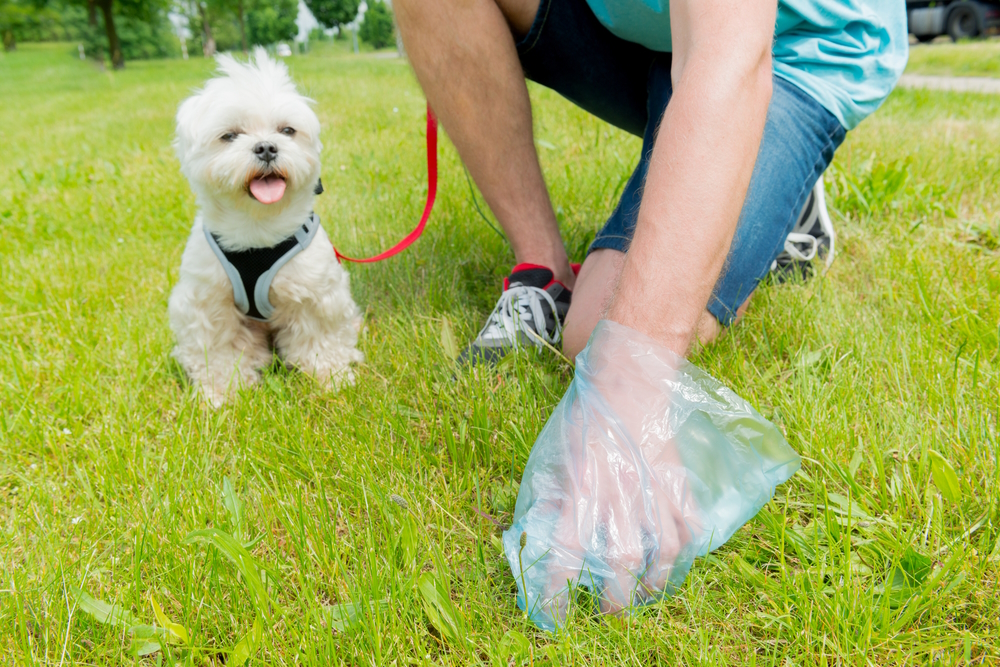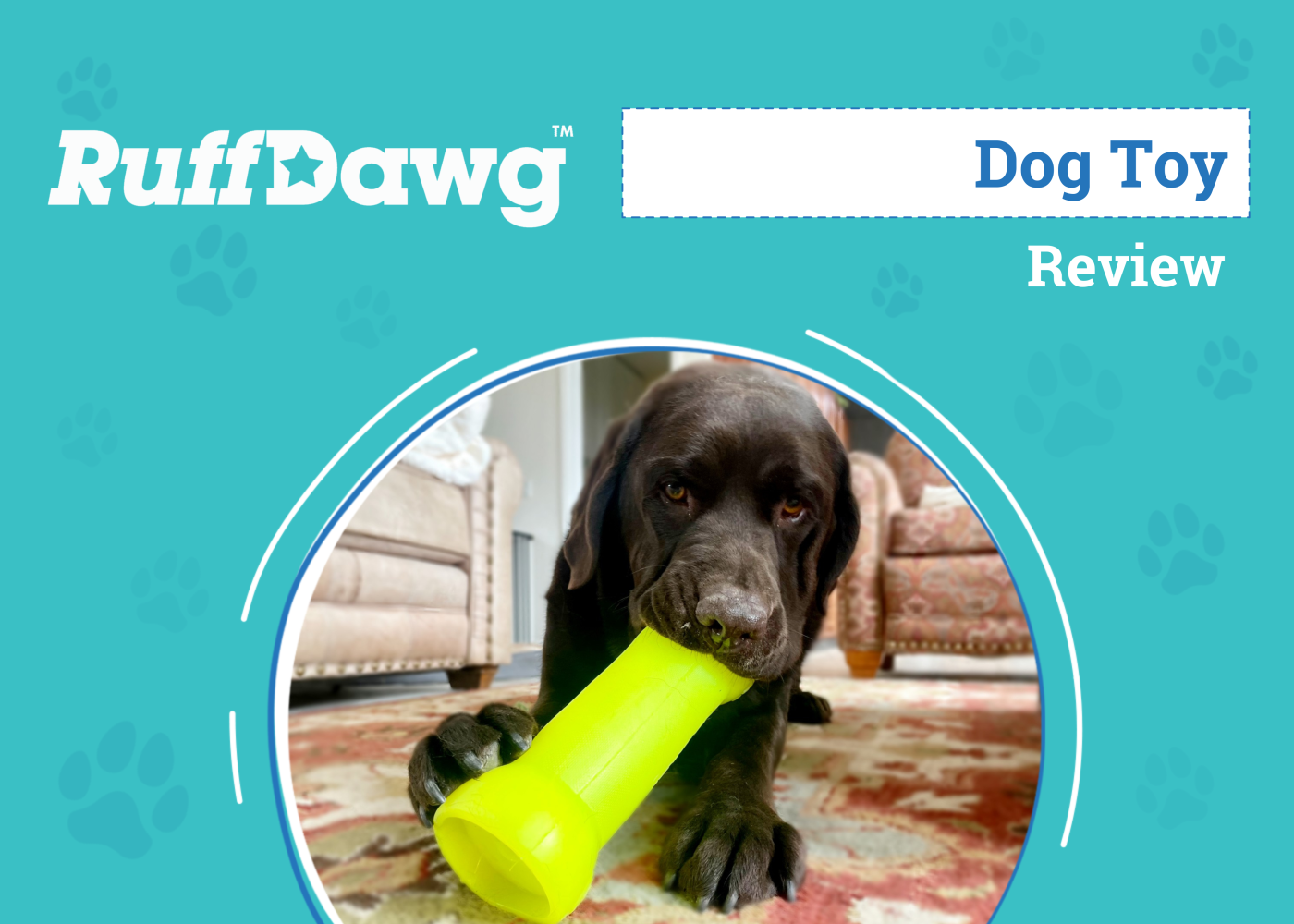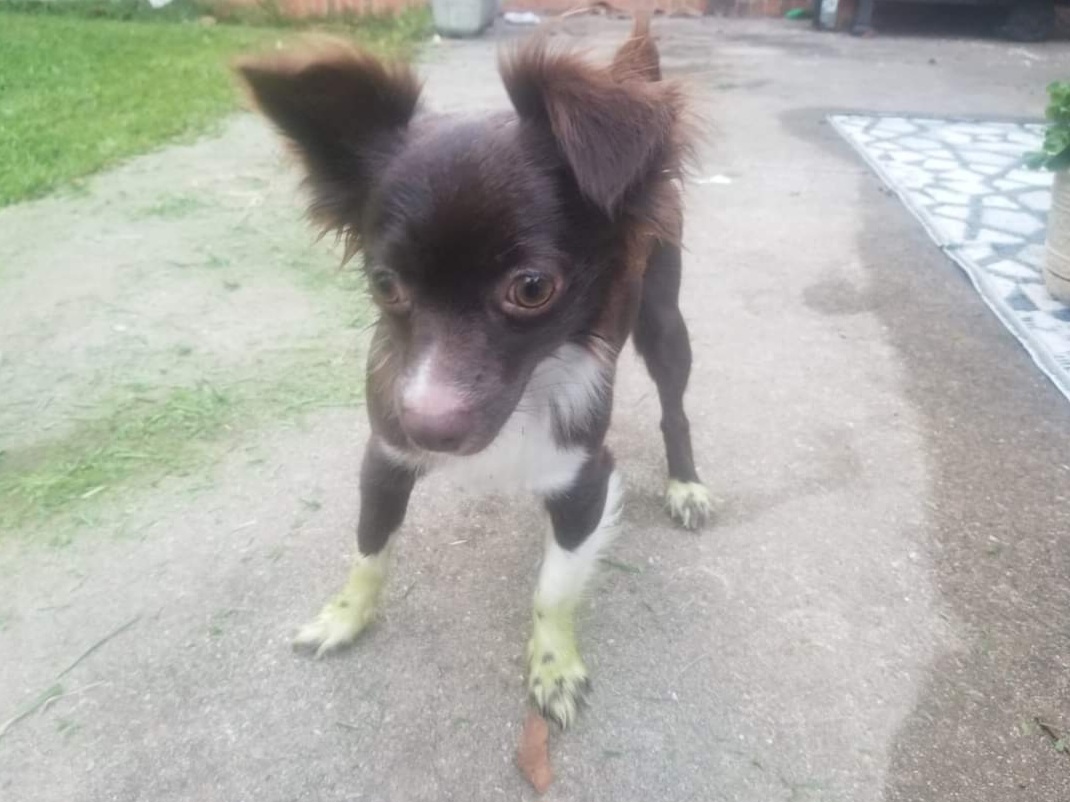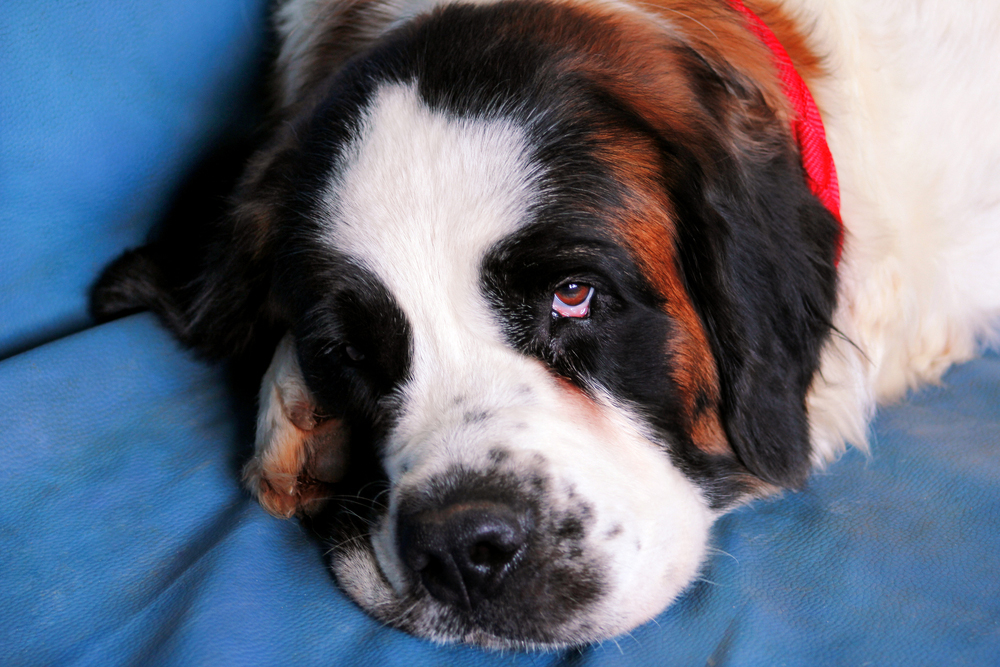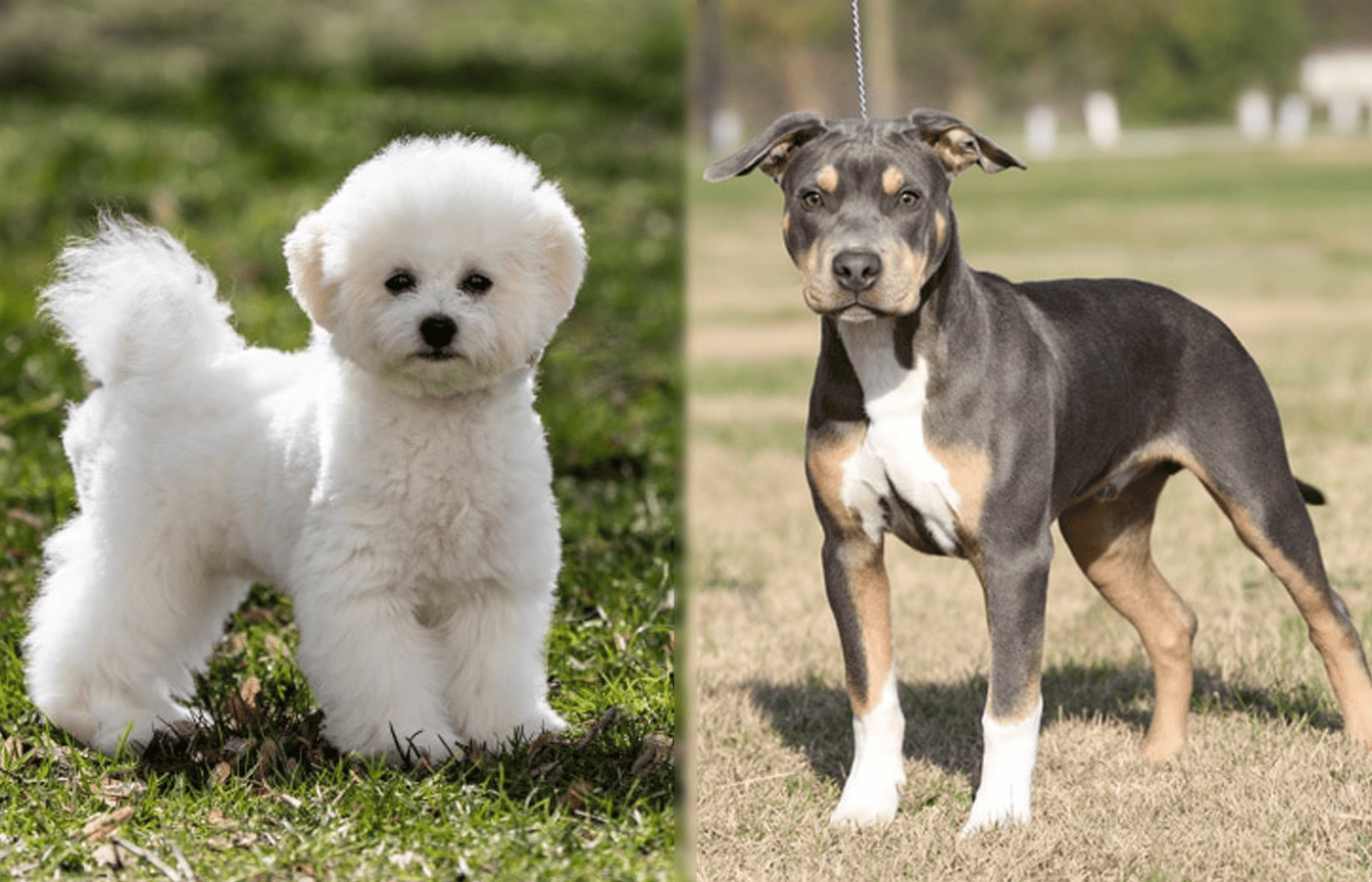Click to Skip Ahead
Pets are part of the family. They are wellness companions, protectors, or best friends, and sometimes all three. People are spending more money on their pets, and this is reflected in the growing pet industry. While this is likely a good thing for our pets, those spending patterns are also good news for people who own businesses catering to the pet industry because the market size is expected to increase substantially over the coming years.
The increasing pet spending trends are not limited to food and treats; the growing number of pet industry trends has branched out to pet health and wellness, grooming, and accessories. Let’s take a detailed look at some of the major pet industry statistics.
The 20 Pet Industry Statistics
- The global pet market is worth $246 billion.
- People in the USA spent $89 billion on their pets in 2023.
- In 2023, there was an 16% increase in pet food sales in the USA.
- Millennials lead the pack in terms of pet ownership by generation, with 33% of people born between 1981-1996 being pet parents.
- The pet-sitting market size was $1.94 billion in 2021 and is expected to grow.
- 2.2 million dogs and 2.6 million cats were adopted from shelters in 2023.
- While pet ownership accelerated during the COVID-19 pandemic, investment banking companies predict millennials and Generation Z will sustain growth up to 14% by 2030.
- The global natural pet food market is expected to grow by 4.6% from 2023 to 2033.
- About 42% of dog and cat owners choose to spend more for premium pet food.
- Over the last 5 years, raw dog food has seen a 147% increase in purchasing patterns.
- Roughly 40% of pet owners buy their pet food and treats online.
- People spend between $70-$80 on one dog grooming session.
- In 2022, it was reported that 48% of people who give their pets CBD oil offer it as edible treats.
- Pet supplement sales reached $2.49 billion in 2023.
- By 2025, the pet grooming product industry is projected to grow to $14.5 billion.
- Out of the 3.1 million insured pets in the US, 83% of them are dogs and 17% of them are cats.
- During 2022-2025, the pet accessories market is expected to grow by $9.2 billion.
- More than 50% of pet owners are willing to pay more for eco-friendly pet care products.
- The pet tech market is set to grow at a 22% compound annual growth rate from 2022-2027.
- Americans spent $490 million on Halloween costumes for their pets.
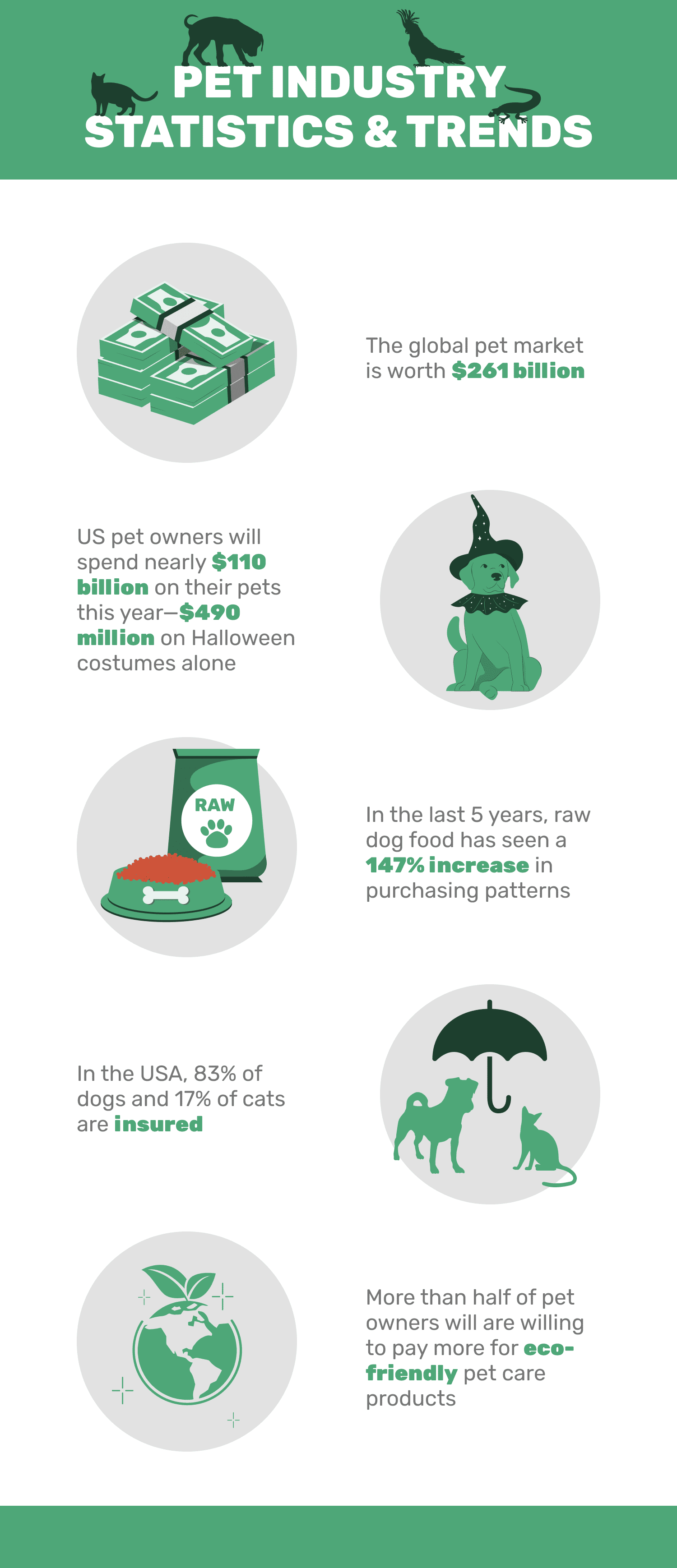
Pet Industry Trends in the Overall Market
The pet industry covers a wide variety of services and products. The branches within the pet industry that are seeing upward trends are pet food and treats, wellness and health, pet grooming and supplies, and travel. Below are details about the current industry and market worth.
1. The global pet market is worth $246 billion.
(Global Industry Analysts)
The pet industry is not only growing in the United States but also on an international scale. The COVID-19 pandemic forced more people to stay indoors or work from home. This led to a higher demand for pets as companions, driving up adoption rates. This increase in pet adoptions assisted with the financial growth of different pet industry branches: food, veterinary care, toys, and grooming needs. With the global market worth currently close to $246 billion, it is projected to reach roughly $350 billion by 2027.
2. People in the USA spent $89 billion on their pets in 2023.
(Precedent Research)
Increased pet ownership and the rise of pets as family members are the primary driving forces behind market growth in the pet care industry. However, other factors such as higher disposable incomes and pet-focused social media channels have attributed to sustained growth.
3. In 2023, there was an 16% increase in pet food sales in the USA.
(Pet Food Industry)
Pet parents in the USA spent more than $53 billion on food and treats in 2023, 16% increase from figures released in 2021. This number may be a reflection of post-COVID inflation, but the numbers aren’t expected to decrease anytime soon.
4. Millennials lead the pack in terms of pet ownership by generation, with 33% of people born between 1981-1996 being pet parents.
(Forbes)
1 in 3 millennials have an animal at home, and coincidentally, nearly 1 in 3 veterinarians in today’s working market are of the millennial generation. Pet ownership is next highest in Gen Xers (25%) and baby boomers (24%).
5. The pet-sitting market size was $1.94 billion in 2021 and is expected to grow.
(Grand View Research)
As the statistics about the pet industry’s worth demonstrate, people are adopting more and spending more on their pets. This means an increase in the pet-sitting market as well. It is projected that the market size will grow at a compound annual growth rate of 8.7% from 2020-2027.
6. 2.2 million dogs and 2.6 million cats were adopted from shelters in 2023.
(Shelter Animals Count)
Although the number of intakes at animals shelters has remained flat over the past few years, the number of cats adopted is up 14% since 2019.
7. While pet ownership accelerated during the COVID-19 pandemic, investment banking companies predict millennials and Generation Z will sustain growth up to 14% by 2030.
(Morgan Stanley)
Surveys show that roughly 65% of 18–34-year-olds plan to add a pet to their family in the next 5 years. Data also shows that this age group is willing to spend a higher portion of their earnings on their pets compared to older generations. It’s no surprise that 54% of them admitted to treating their pet like their children.
Pet Food Industry Trends
With a marked increase in the pet food industry, it is common to see which trends are developing on how pet owners spend their money. The pet food market is more than standard kibble, so more specific niches are growing. Here are some of the growing pet spending statistics within the pet food industry.
8. The global natural pet food market is expected to grow by 4.6% from 2023 to 2033.
(Future Market Insights)
More people want to feed their pets natural and organic food. Pet owners are looking for food that does not contain pesticides, antibiotics, chemical by-products, or artificial coloring, and they are willing to pay for the high quality.
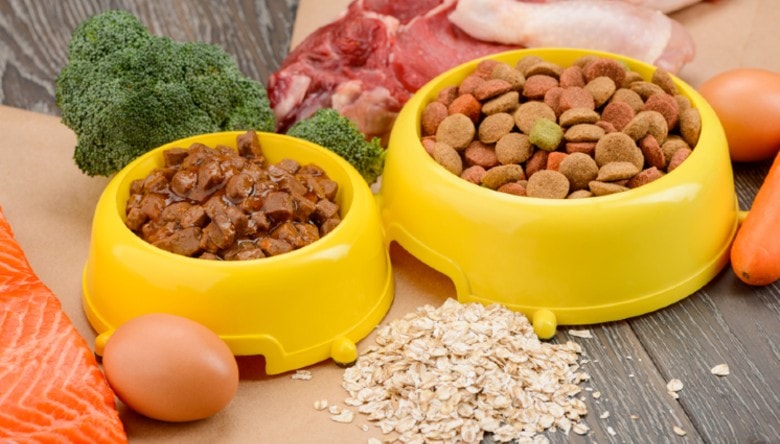
(Pet Food Processing)
Pet owners are starting to rethink their pets’ diets. While there are many budget pet food options, more than 40% of dog and cat owners stretch their wallets a bit for higher-quality food. Stores and online retailers have seen a shift in purchasing patterns among people, showing that they want to get premium dry food, wet food, and treats.
10. Over the last 5 years, raw dog food has seen a 147% increase in purchasing patterns.
(Exploding Topics)
One of the premium pet food choices that dog owners are buying is raw food. The raw food diet has many health benefits that dog owners are starting to recognize, and this is evident in their buying patterns.

11. Roughly 40% of pet owners buy their pet food and treats online.
(Pet Food Processing)
Online shopping has seen a significant increase due to the COVID-19 pandemic. However, pet owners are starting to see the benefit of ordering online. People can personalize their purchases because of the vast number of choices they can find on sites like Chewy or Amazon. It is projected that online sales continue an upward trajectory due to convenience and selection.
Pet Industry Trends in Health, Grooming, and Wellness
It is becoming more common to focus on the health and wellness of a pet beyond high-quality food. Pet owners are spending more on items that focus on their pets’ health in a holistic or pampering way. There are some interesting growing trends in the pet health and wellness industry.
12. People spend between $70-$80 on one dog grooming session.
(Thumbtack)
People want their dogs to look their best and are willing to pay for it. Dog groomers can help make dogs look clean and smell magnificent. Dog groomers operate in pet stores, vet’s offices, or even from mobile vans. There are many opportunities to get a dog pampered.
13. In 2022, it was reported that 48% of people who give their pets CBD oil offer it as edible treats.
(Statista)
CBD is no longer limited to just people. With almost half of the pet owners surveyed saying they give their pets a form of CBD, it is a wellness trend that is projected to keep rising. CBD oil treats are becoming more widely available in stores and online retailers.
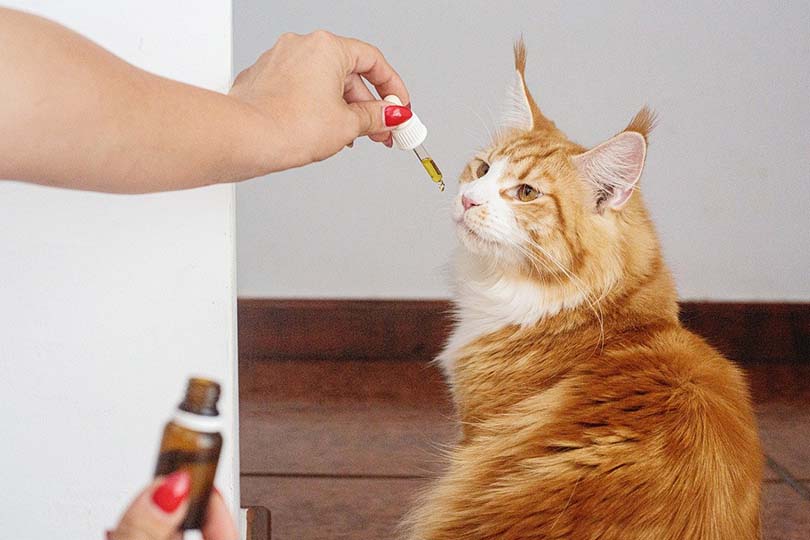
14. Pet supplement sales reached $2.49 billion in 2023.
(Grand View Research)
The global pet supplements market is projected to grow at a compound annual growth rate of 5.9% from 2024 to 2030. As more people relate to the humanization of their pets, they are spending significantly more money on products designed to keep their pets healthy.
15. By 2025, the pet grooming product industry is projected to grow to $14.5 billion.
(Grand View Research)
The adoption boom during the COVID-19 pandemic has been a significant factor in the growth of the pet grooming industry. These products include shampoos, conditioners, trimming tools, and combs. Some of the shampoos are used for medical reasons, like killing fleas or helping with dandruff.
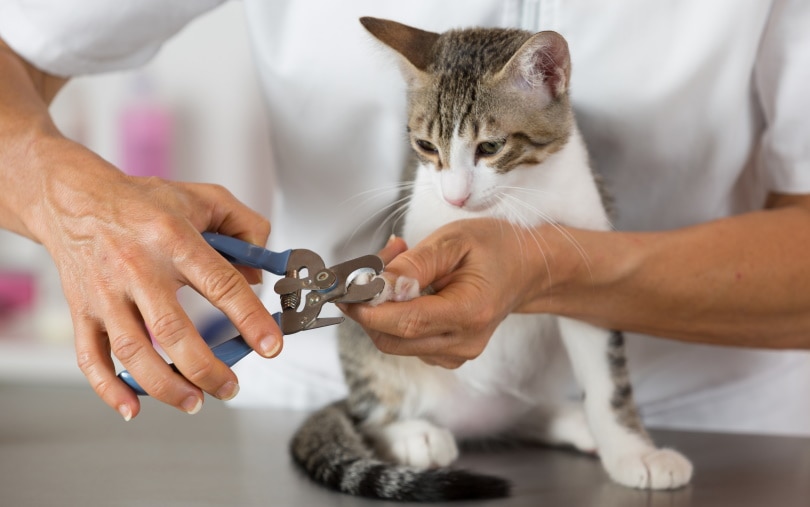
16. Out of the 3.1 million insured pets in the US, 83% of them are dogs and 17% of them are cats.
(Today’s Veterinary Business)
Emergency trips to the vet can be very costly, which is why more pet owners are buying insurance to make sure their pets can get the help they need. Pet owners spent almost $2 billion on pet insurance in 2020, a 27.5% increase from the previous year.
Trends and Statistics within the Pet Accessory Market
Pet accessories cover a wide range of products, such as food and water bowls, collars and leashes, toys, and litter boxes, to name a few. Some of these products are necessary, but some are just for fun – for both you and your pet. Here are some statistics about the pet accessory industry.
17. During 2022-2025, the pet accessories market is expected to grow by $9.2 billion.
(Technavio)
With pet accessories covering such a wide range of products, it is no wonder that the industry is planning on a growth of almost $10 billion over the next few years. The pet accessory market caters to both pets’ and pet owners’ needs so that all target consumer groups can make purchases.
18. More than 50% of pet owners are willing to pay more for eco-friendly pet care products.
(Pet Food Processing)
People are looking for ways to reduce their ecological footprint in their daily lives, and this includes what they buy for their pets. More pet accessories are being made with more sustainable materials instead of plastics and can also be recycled. This trend will continue over the years as people become more aware of how to have less of a negative impact on the environment.
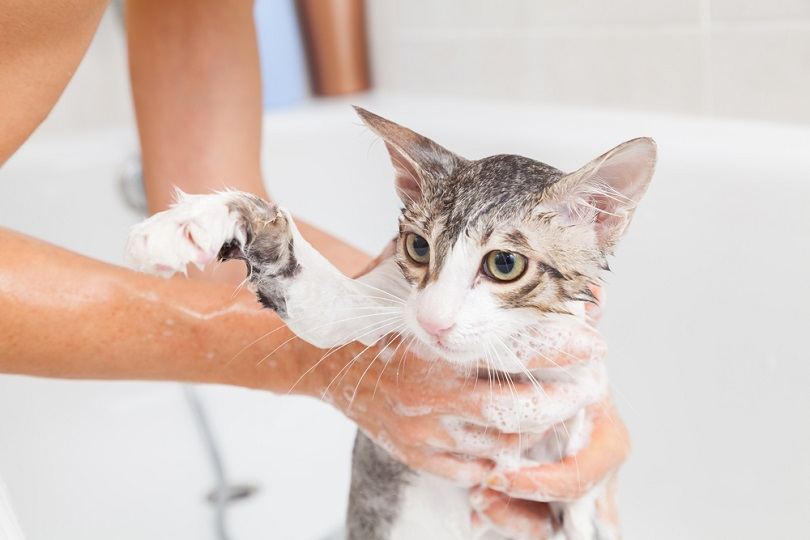
19. The pet tech market is set to grow at a 22% compound annual growth rate from 2022-2027.
(Global Market Insights)
Pet accessories are becoming more technical. Litter boxes are self-cleaning, collars have GPS tracking, and pets can be fed on a timer system. The rise in pet tech helps meet both the pet owner’s needs during the day as well as the needs of the pet. Since technology is an ever-growing industry, expect new inventions and developments within pet technology.
20. Americans spent $490 million on Halloween costumes for their pets.
(MVOrganizing)
Halloween costumes have become a growing niche in the pet industry. Pets in costumes can make anyone smile, whether they are cute or scary. Next to all the free candy, it is arguably the next most enjoyable thing about Halloween!
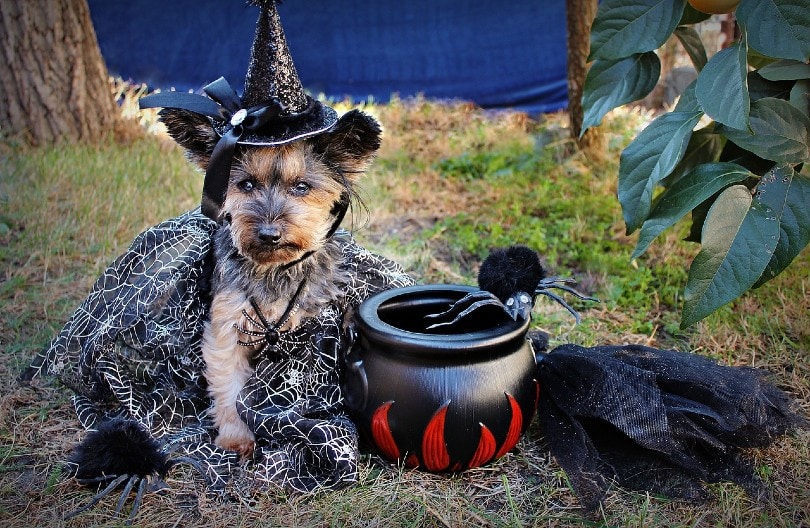
Frequently Asked Questions About the Pet Industry
1. How many people in the USA own pets?
As of 2024, a whopping 66% of US households own a pet. That equals about 86.9 million homes. No wonder the pet industry is increasing in worth! (Forbes)
2. What are the most profitable business ideas within the pet industry?
If you want to be a part of the pet industry market, you might be interested in exploring several profitable branches outside of direct sales of pet supplies. Personal pet grooming, dog walking, and pet sitting are some lucrative choices. (Nerd Wallet)
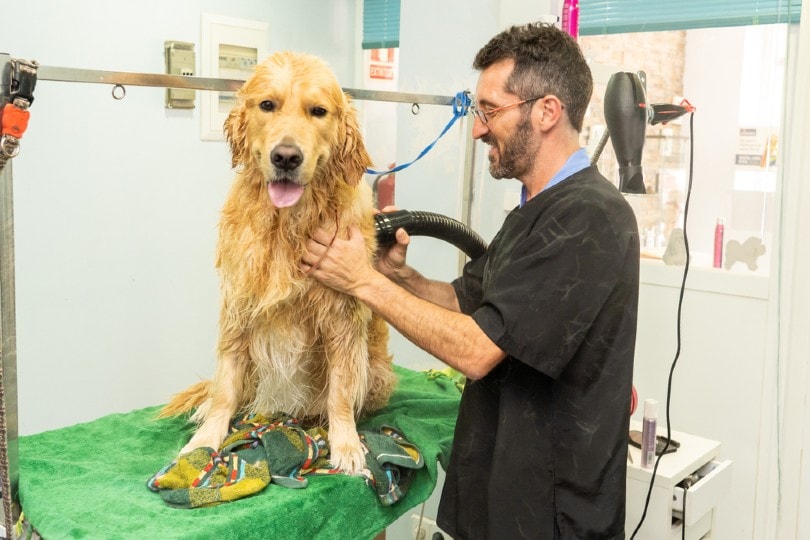
3. How many people work in the pet industry?
Over 1.3 million people in the USA work within the pet industry. As more people start their own businesses surrounding pets, this number will continue to grow. (PIJAC)
4. Will the pet industry in the USA continue to grow?
Yes! Pet market sales have only increased over the past decade. Trends in the pet industry are introducing exciting economic opportunities for many people. (Statista)
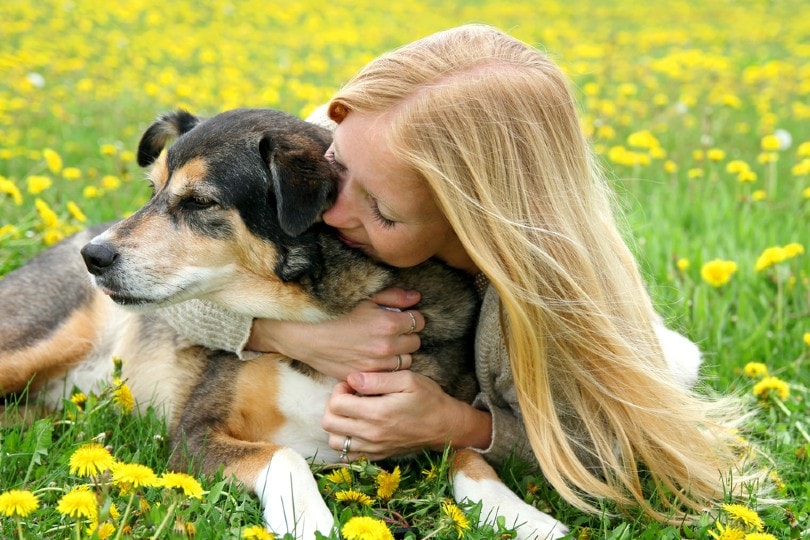
5. Which generation spends the most money on their pets during the holidays?
Millennial pet owners spend the most money on their pets for the holidays, at $51. Gen Z follows closely behind at $50. Pets are family members, too! (Statista)
Final Thoughts
The pet industry has established itself as an essential part of millions of people’s lives all over the USA. Recent trends show potential growth in various branches: food and treats, health and wellness, and pet accessories. Personalization, creativity, and innovation will help with industry change and growth for the next generation.
Related Reads:
- What Was the Animal Health Trust?
- Pet Startups To Look Out For
- Common Side Effects of the Rabies Vaccination in Dogs
Featured Image Credit: Cindy Parks, Pixabay

